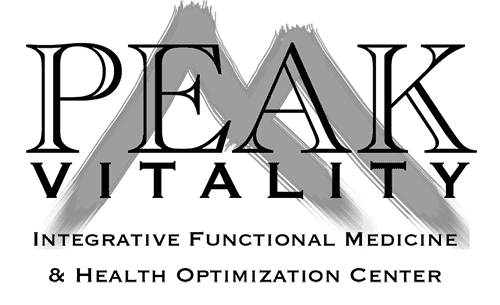Supportive Oligonucleotide Therapy (SOT): A Targeted Approach to Chronic Illness
How SOT Works: The “Lock and Key” Mechanism
At its core, SOT utilizes specially designed short segments of nucleic acids (either DNA or RNA, known as oligonucleotides). The mechanism of action can be understood through a “lock and key” analogy:
Identification of the Target:
SOT begins with a blood sample from the patient. This sample is sent to a specialized laboratory, often RGCC in Greece, where advanced molecular biology techniques are used to identify specific genetic sequences (the “lock”) that are critical for the survival, replication, or harmful function of the targeted pathogen (e.g., Lyme bacteria, a specific virus) or cancer cell. This “lock” is typically a segment of messenger RNA (mRNA) or DNA that codes for an essential protein.
Creation of the “Key”:
Once the specific genetic “lock” is identified, a complementary oligonucleotide sequence (the “key”) is custom-synthesized in the laboratory. This “key” is designed to precisely bind to the target “lock.”
Disruption of Function:
When the SOT “key” binds to the target mRNA or DNA, it disrupts the normal function of the pathogen or cancer cell. This can occur through several mechanisms:
Gene Silencing: The SOT can block the production of essential proteins by interfering with mRNA, preventing it from being translated into the necessary proteins for replication or survival.
Degradation: Some SOTs can trigger the degradation of the target mRNA, effectively destroying the blueprint for harmful proteins.
Induction of Apoptosis: In the case of cancer cells, SOT can be designed to reactivate programmed cell death (apoptosis), a natural process that is often dysfunctional in cancer.
Continuous Action:
A key advantage of SOT is its sustained effect. Once administered intravenously, the SOT molecules circulate throughout the body, including crossing the blood-brain barrier, and continue to find and bind to their targets. These molecules are designed to evade the immune system, allowing them to remain active and fight the infection or cancer 24/7 for several months (typically 3 to 6 months). After completing their task, the SOT molecules are released and can move on to target new pathogens or cells.
Applications of SOT
SOT is being explored as a treatment for a range of persistent and challenging conditions:
Lyme Disease and Co-infections: SOT targets specific genetic sequences of Borrelia burgdorferi (the bacterium causing Lyme disease) and common co-infections like Babesia and Bartonella, aiming to inhibit their replication and ultimately reduce the pathogenic load.
Viral Infections: SOT has shown promise in addressing chronic viral infections, including Epstein-Barr Virus (EBV), Herpes Simplex Viruses (HSV-1, HSV-2), Cytomegalovirus (CMV), Human Papillomavirus (HPV), Hepatitis B (HBV), Hepatitis C (HCV), and Human Immunodeficiency Virus (HIV). By targeting viral genetic material, SOT can prevent viral replication and help the body clear the infection.
Cancer: For cancer, SOT is designed to inhibit the growth and proliferation of cancer cells. It can target specific genes involved in tumor progression or aim to re-engage the natural apoptosis mechanism in cancer cells, potentially leading to their destruction without harming healthy cells. SOT may be used as a standalone therapy or in conjunction with other cancer treatments.


Potential Benefits:
Highly Targeted: SOT is customized to the patient's specific infection or cancer, minimizing impact on healthy cells and potentially reducing side effects compared to broad-spectrum treatments.
Long-Lasting Effect: A single SOT infusion can remain active in the body for several months, providing continuous therapeutic action.
Addresses Root Cause: By directly interfering with the genetic machinery of pathogens or cancer cells, SOT aims to address the underlying cause of the disease.
Compatibility: SOT is generally considered compatible with other natural therapies.
Please note: Peak Vitality is not affiliated with “Peak Vitality Supplements” (peakvitalitysupps.com). That is a separate company, and we cannot assist with their orders, shipping, or refunds.
Fri - Sun: Closed

